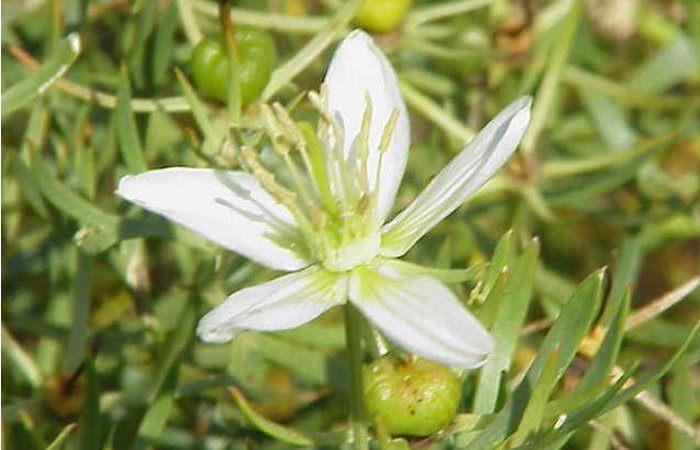Conny Waters – AncientPages.com – A new study provides the earliest evidence to date for the use of the medicinal and psychoactive plant Peganum harmala —also known as rue or harmal—as an incense in ancient times.

A Drone view of Qurayyah with the localization of the excavated Areas D, N, and R, indicated by circles (Photo A. M. Abualhassan). B Iron Age residence of Area D with censer QU.D.1167.F.6 and painted vessel QU.D.1167.F.1 in situ (Photo S. McGlone), and Iron Age elite dwelling of Area N (Photo A. M. Abualhassan). C Photos of the censer from Area D: QU.D.1167.F.6 and of the two censers from Area N: QU.N.2340.F.3 and QU.N.1253.F.1 (Photos: H. Sell [Area D] and C. Jäger [Area N]). Graphics: Michelle O’Reilly, MPI-GEA.
The study’s findings provide previously unknown insights into early therapeutic practices in Arabia and demonstrate that native plants were being used for their bio- and psychoactive effects as early as 2,700 years ago.
Led by Barbara Huber (Max Planck Institute for Geoanthropology) and Marta Luciani (University of Vienna), and in collaboration with the Heritage Commission of the Saudi Arabian Ministry of Culture, the researchers used metabolic profiling to examine the organic residues left on the smoking utensils. The utensils were excavated from the Iron Age dwellings of the Qurayyah Oasis in northwestern Saudi Arabia, known since ancient times for its decorated ceramic vessels.

Dried fruits of Peganum harmala, which were used 2700 years ago for their therapeutic and psychoactive effects. Image credit: Barbara Huber
Our findings provide the first chemical evidence for the earliest known burning of harmal, not only in Arabia but worldwide,” says Barbara Huber, co-lead author of the study. “Scientifically, this is an important step, as we can now better understand how these communities combined their medicinal knowledge with the local flora—whether for health care, cleaning and disinfecting spaces, or possibly also for its psychoactive effects.”
The study used high-performance liquid chromatography-tandem mass spectrometry (HPLC MS/MS), a powerful analytical technique that enables the detection of the characteristic alkaloids of rue even in tiny, chemically degraded samples.

Peganum harmala. Image credit: Kurt Stüber – CC BY-SA 3.0
“By integrating biomolecular analyses with archaeological methods, we were able to not only identify the type of plants people used at that time, but also why, how, and where they did so,” says Marta Luciani, excavation director in Qurayyah and archaeologist at the University of Vienna. “This allows us a unique insight into botanical practices that were central to life at that time, but are rarely preserved archaeologically.”
Peganum harmala is known for its antibacterial, psychoactive, and therapeutic properties and is still used today in traditional medicine and for fumigation in households in the region. The new findings thus underscore its long-standing cultural and medicinal significance.
“The finds also demonstrate the deep historical roots of traditional medicine and smoking practices in Arabia. Through this collaborative research, we are not only preserving the archaeological artifacts but also contributing to the preservation of intangible cultural heritage—that is, knowledge passed down through generations that is still alive in local communities today,” adds Ahmed M Abualhassan, co-director of the Heritage Commission in the Qurayyah Project.
The significance of the study goes far beyond archaeology and extends to fields such as ethnobotany, medical anthropology, cultural heritage studies, and pharmacognosy, all of which deal with the long-term relationships between people, medicinal plants, and natural resources.
Source
Paper
Written by Conny Waters – AncientPages.com Staff Writer









